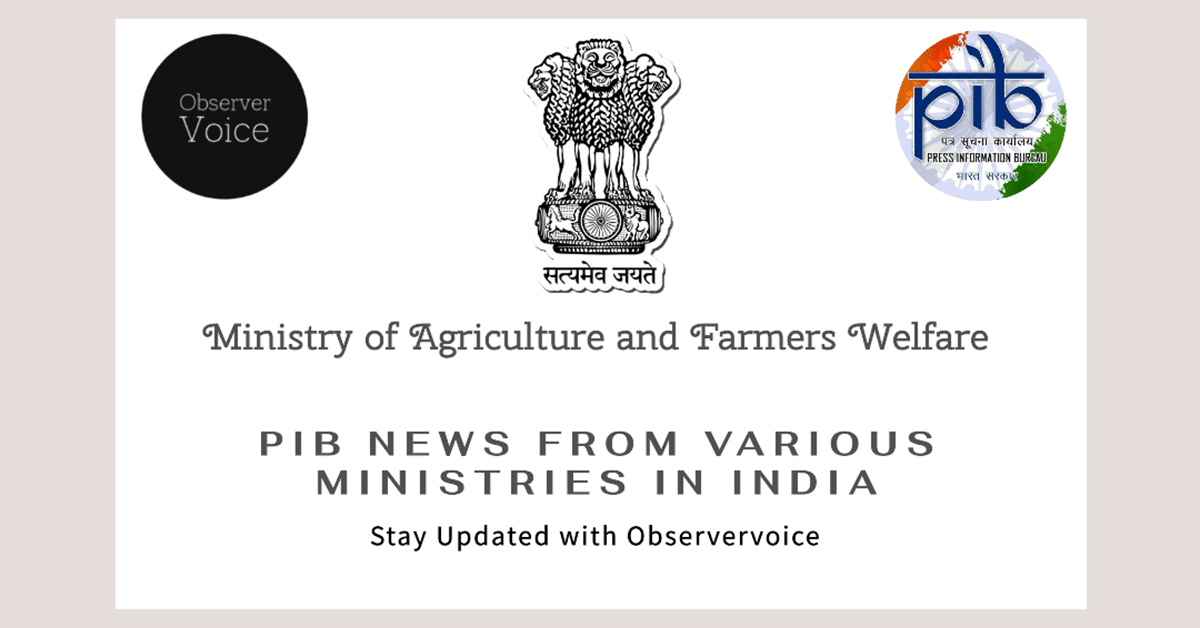The Future of GM Crops in India

The debate surrounding genetically modified (GM) crops in India is intensifying. Currently, two significant writ petitions are under consideration by the Supreme Court of India. These cases, Gene Campaign Vs. Union of India and Aruna Rodrigues Vs. Union of India, address various aspects of GM crop cultivation and its environmental implications. As the country grapples with agricultural challenges, the role of GM crops is becoming increasingly crucial. This article explores the government’s stance, ongoing initiatives, and the advancements in agricultural research.
Government Support for Farmers
The Government of India is actively supporting farmers through various initiatives aimed at enhancing agricultural productivity. These efforts include policy measures, budget allocations, and awareness campaigns at the village level. The government has introduced several schemes, such as the PM Fasal Bima Yojana and NAMO Kisan Yojana, which focus on providing financial support and insurance to farmers. These programs aim to increase production and ensure that farmers receive fair returns for their efforts.
In recent years, the budget for the Department of Agriculture and Farmers Welfare has seen a significant increase. The allocation rose from ₹21,933.50 crore in 2013-14 to an impressive ₹1,22,528.77 crore for 2024-25. This substantial investment reflects the government’s commitment to improving the agricultural sector and supporting farmers’ welfare. By enhancing financial resources, the government aims to create a more sustainable and profitable farming environment.
Additionally, the government is maintaining data on farmer suicides, which is collected by respective state governments. This information is crucial for understanding the challenges faced by farmers and developing targeted interventions to address their needs.
Advancements in Agricultural Research
The National Agricultural Research System, under the Indian Council of Agricultural Research (ICAR), plays a vital role in developing new crop varieties. Over the past decade, significant progress has been made in creating hybrids that are resilient to various biotic and abiotic stresses. From 2014 to 2024, a total of 92 soybean varieties, 239 maize varieties, and 331 cotton/Bt cotton varieties have been released for commercial cultivation.
These new varieties are designed to meet the specific needs of farmers across different regions. They offer improved yields and better quality, which can significantly enhance farmers’ income. The research institutions and state agriculture universities regularly recommend location-specific high-yielding varieties and management practices to ensure that farmers can maximize their productivity.
Moreover, the dissemination of information about these advancements is crucial. The government utilizes various channels, including Krishi Vigyan Kendras (KVKs), the State Department of Agriculture, and digital platforms like mobile apps, to reach farmers. This multi-faceted approach ensures that farmers are well-informed about the latest agricultural technologies and practices.
Weed Management Strategies
Effective weed management is essential for successful crop cultivation. The government has developed various weed management technologies to assist farmers in controlling weeds in crops like cotton, maize, and soybean. These strategies include both mechanical and chemical methods, tailored to the specific needs of different crops.
The integration of traditional practices with modern techniques has proven effective in managing weeds. Farmers are encouraged to adopt these strategies to improve their crop yields. The government is actively promoting these technologies through training programs and demonstrations at the village level. By providing farmers with the necessary tools and knowledge, the government aims to enhance agricultural productivity and sustainability.
Observer Voice is the one stop site for National, International news, Sports, Editor’s Choice, Art/culture contents, Quotes and much more. We also cover historical contents. Historical contents includes World History, Indian History, and what happened today. The website also covers Entertainment across the India and World.

